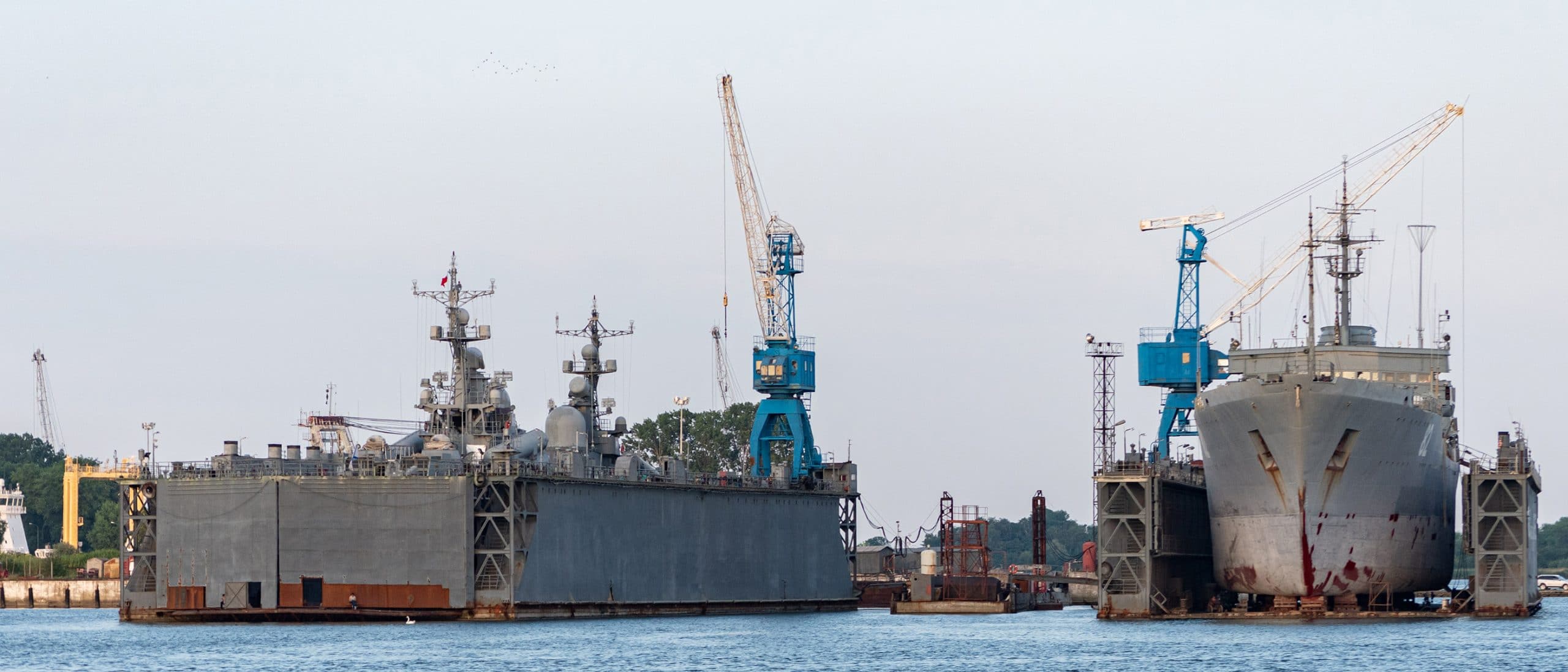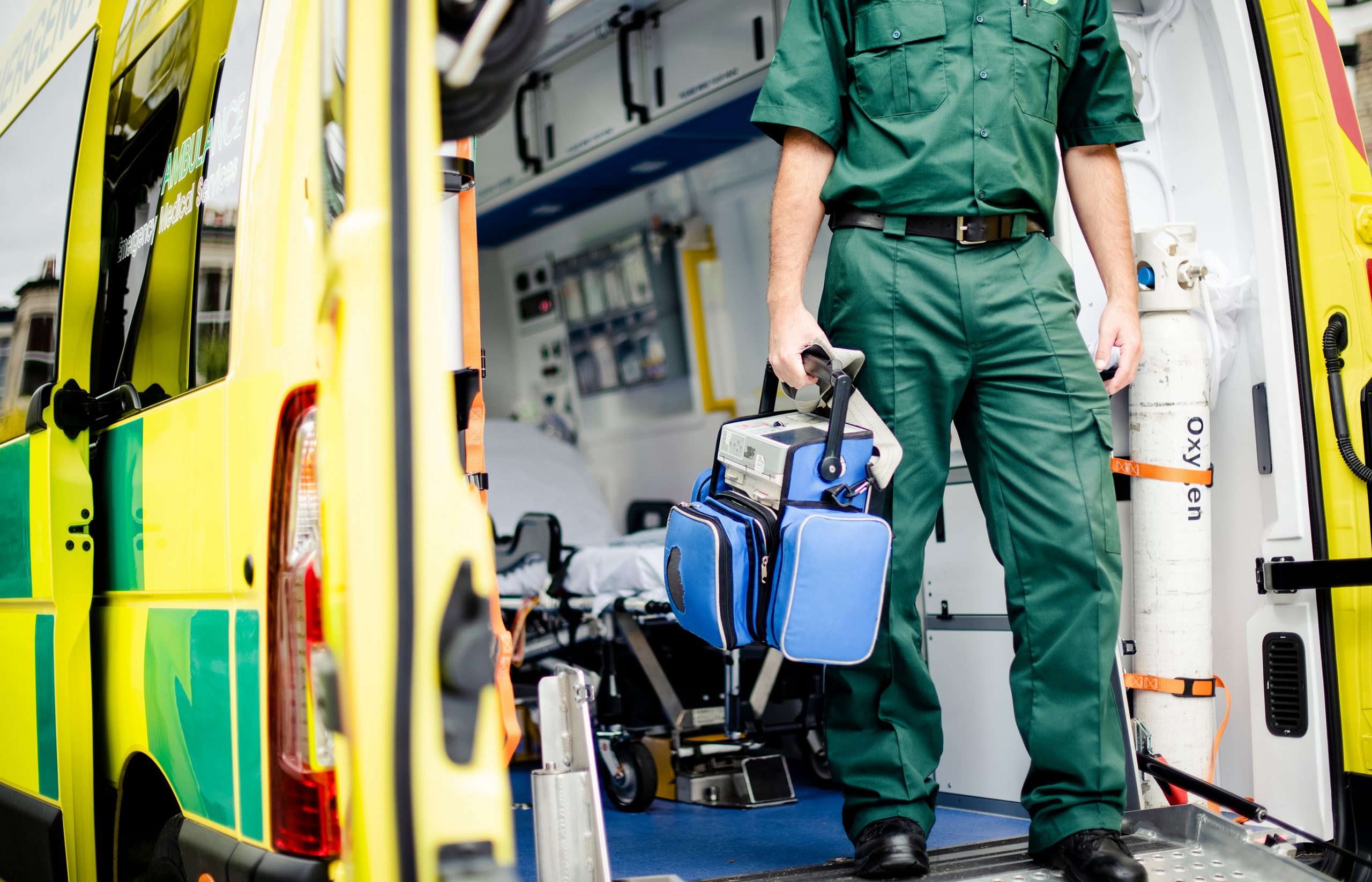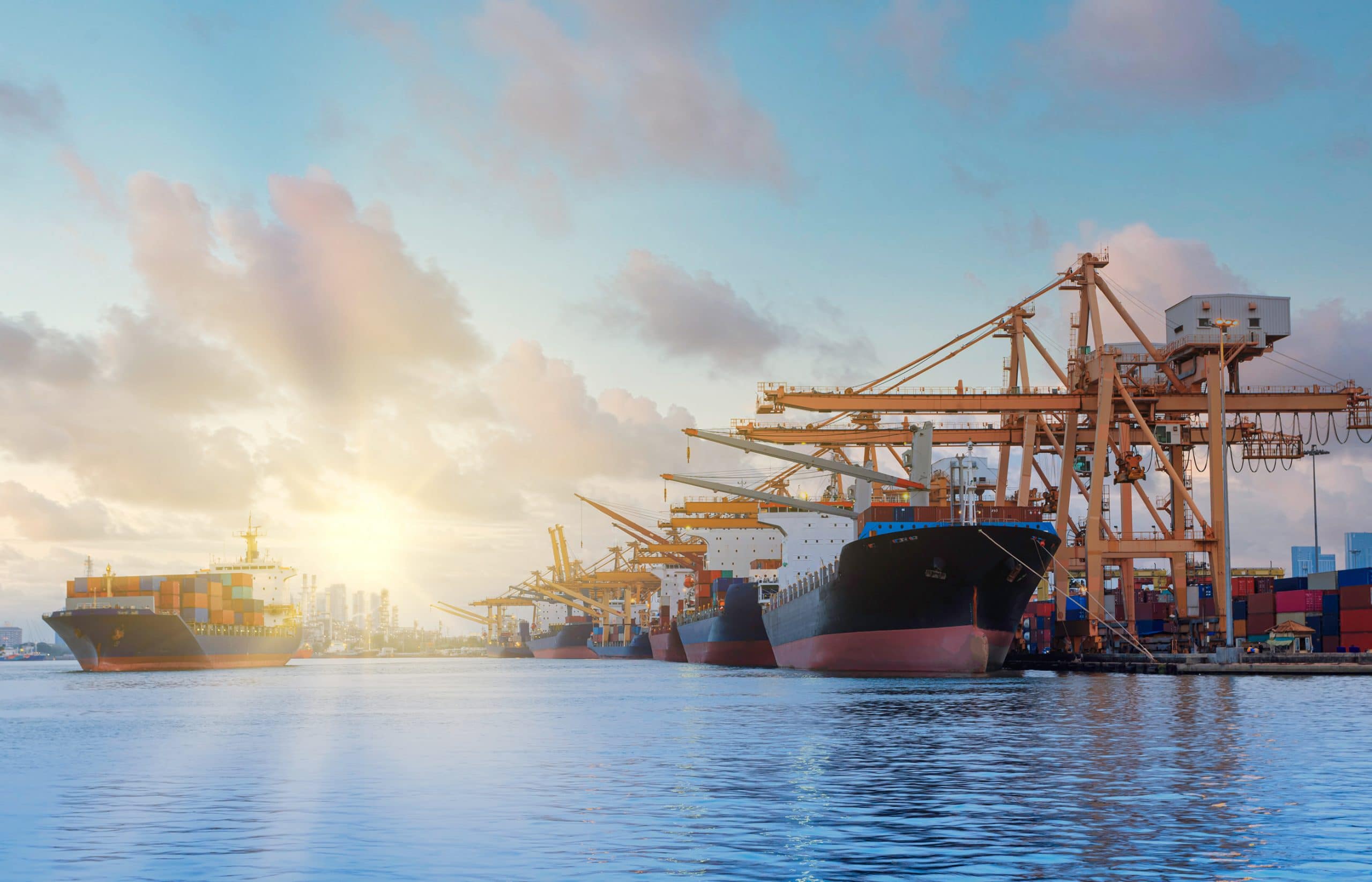Longshore and Harbor Workers
Longshore workers with lung cancer or damage from occupational exposure to carcinogens may be eligible for cash and medical bill compensation from their employer and/or the company’s insurers.

Longshore Occupational Exposure
Around the world, longshoremen and dock workers experience some of the highest rates of occupational injury and illness. A 1995 study revealed longshore workers faced an 800 percent increased risk of developing chronic lung problems, compared to administrative workers.
Even today, maritime terminals provide dangerous working conditions and occupational exposure to toxins that can lead to pulmonary, autoimmune, and skin diseases as well as cancer. Lung cancer, in particular, is a prevalent risk in longshoring due to high levels of organic and inorganic dust.

According to studies of the maritime industry, the average age of dock workers was 48.7 in 2017 and most had worked in longshoring for at least 19.6 years. Overall labor statistics show that only 14 percent of work-related deaths are caused by accidents, the remaining number belongs to work-related illnesses that become fatal over time.
With more than 3,700 marine docks and another 1,400 intermodal freight connectors in the U.S., potential causes of death are widespread. Moreover, among approximately 98,000 marine terminal workers, nonfatal injuries and illnesses occur at double the rate of the total workforce.
Longshoring Risk Factors for Disease
Frequently, longshoremen breathe in dust and chemicals from both cargo, cleaning and lubricating solvents, and the grinding of heavy machinery parts against one another. Over time, repeated exposure to hazardous airborne particles causes scarring in lung tissues.
Because scarring and inflammation in the lungs can lead to the development of tumors, identifying and reducing the known cancer risks is integral in protecting workers in the longshoring industry. Known risks for lung disease and cancer in the longshore and dockworkers’ trade include inhaling or swallowing:
- Allergens
- Asbestos
- Carbon black
- Cleaning solvents
- Grain dust
- Noxious gases
- Soot
While it generally takes years of exposure to carcinogens to turn healthy cells into precancerous and cancerous lung nodules, a single, severe incident can also lead to cancer. And, because a majority of lung diseases share a common set of symptoms, early signs of lung cancer may go unnoticed. Symptoms of various lung diseases generally include abnormal breathing patterns, chest pain or tightness, and shortness of breath.
For example, a longshoreman’s persistent or worsening cough may be mistaken for an allergic reaction to dust from agricultural cargo. Subsequently, for years, dock workers might neglect early screening tests with the belief that they’re work-related lung problems are insignificant.
The commonly diagnosed lung diseases in the longshore industry include:
- Asbestosis
- Hypersensitivity pneumonitis
- Lung cancer
- Mesothelioma Cancer
- Occupational asthma
- Pharynx cancer
- Silicosis
If you believe you may have a work-related lung disease, see your doctor as soon as possible. With the proper diagnosis, you can begin the process of receiving treatment to recover from your illness, as well as report the injury to your company for compensation. For many longshoremen and dock workers, the Longshore and Harbor Workers’ Compensation Act (LHWCA) of 1927 covers injuries and illnesses suffered while on the job in navigable waters or at a commercial pier in the U.S.
The Longshore and Harbor Workers’ Compensation Act
Before 1927, harbor workers and longshoremen had no rights to compensation after a fatal or nonfatal injury/illness experienced on the job. The LHWCA now provides cash payments and coverage for medical bills after a work-related injury as well as after the diagnosis of a disease caused by occupational exposure. While there are time limits for compensation – typically, within 30 days of an injury and two years of a diagnosis of occupational disease – workers and their families are entitled to make a claim for benefits. Benefits may include compensation, vocational rehabilitation services, and payment of medical bills and/or survivor benefits.
The LHWCA prohibits claims from the following:
- Seamen (crew of any vessel)
- U.S. government employees
- Employees of foreign governments
- Employees with intoxication-related injuries
- Employees who intended to harm themselves or others

Legal Claims for Compensation
For longshoremen not covered by the LHWCA, there are still options for compensation for medical bills and lost wages. Fill out a free case evaluation form for more information about occupational diseases, what your prognosis means, how to improve it, and how to seek recuperation from negligent companies.


